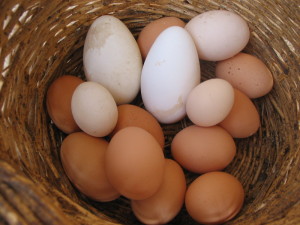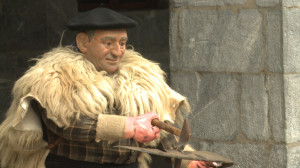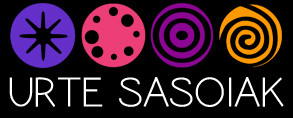 The legend of Olentzero counts with multiple versions in old Basque tradition.
The legend of Olentzero counts with multiple versions in old Basque tradition.
It is a subject matter which has generated a vast number of literary writing, and the research works by Joxe Miel Barandiaran and Jose Maria Satrustegi are essential readings for a better understanding of the custom and the character itself. Olentzero traditions were originally associated with cult rituals surrounding the winter solstice. The modern version of the figure of Olentzero took on new attributes, such as the messenger of Jesus’s birth. The Basque word Olentzero also denotes the Christmas festive season itself as well as some specific rituals carried out at this time of the year, for instance, the burning of the Christmas log.
According to the data and evidence collected, Olentzero customs and practices were strongly entrenched in the north east of Nafarroa, along the valley of the Bidasoa River in particular.
With the revival of the Olentzero tradition, village children started to carry effigies of the charcoal burner around in the streets. The spicy sausauge, the capon and the wine mentioned in Olentzero songs are also elements tipically attached to the depiction of the character.
 As Julio Caro Baroja stated, the children would often place a cornbread with a salted sardine on top to accompany the puppet as a reminder of the fast and strict abstinence imposed by the Church on Christmas Eve.
As Julio Caro Baroja stated, the children would often place a cornbread with a salted sardine on top to accompany the puppet as a reminder of the fast and strict abstinence imposed by the Church on Christmas Eve.
In some other versions of the custom, a young man would dress up as Olentzero and hold an oil lamp in his hand.
In some localities, instead of figures of Olentzero or a person representing the character, children walk around carrying on shoulders nativity scenes and singing carols.
Olentzero
Lesaka (Nafarroa)




